Royal Navy Aircraft -
Firefly and Barracuda
![]()
![]()
This is also the FROG kit (albeit a later Russien re-

Fairey Barracuda
The Barracuda was introduced as a replacement for the Swordfish & Albacore. Underpowered, and with its layout severely compromised by the need to give the Observer "picture" fuselage windows, it was unpopular and considered by many to be a downright dangerous design. By the time it entered service, targets for its primary torpedo armament were few and far between, nevertheless, Barracudas fought well as dive bombers in all major theatres from 1943 onward, including the devastatingly successful RN and RAF attacks on the German Battleship Tirpitz (Operation Tungsten) and the massed joint UK/US attacks on the Oil Refineries of Sumatra.
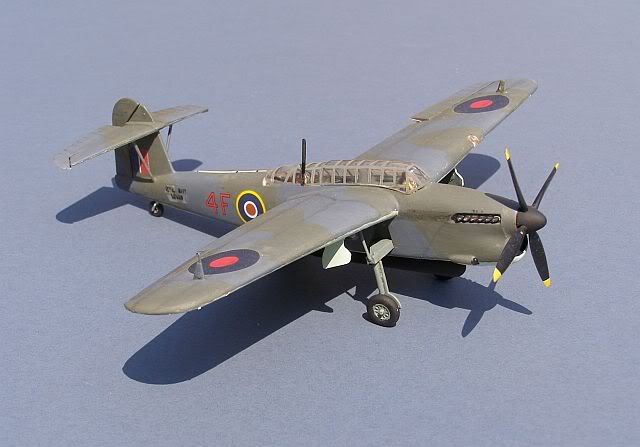


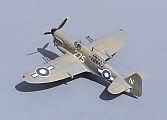

The Barracuda has long been a favourite of modellers, with it ungainly looks. This is the ancient Frog mould first issue din 1964, with scratch build details (cockpit, weapons, arrestor hook, intakes, handling frames, and radar antennae) and Techmod decals for one of the aircraft involved in attacking the Japanese port facilities and Oil storage tanks at Sabang, Java in April 1944. Although there are more modern and detailed kits available, I enjoyed building this one and it certainly looks like a Barracuda to me!
The Barracuda was introduced as a replacement for the Swordfish & Albacore. Underpowered, and with its layout severely compromised by the need to give the Observer "picture" fuselage windows, it was unpopular and considered by many to be a downright dangerous design. By the time it entered service, targets for its primary torpedo armament were few and far between, nevertheless, Barracudas fought well as dive bombers in all major theatres from 1943 onward, including the devastatingly successful RN and RAF attacks on the German Battleship Tirpitz (Operation Tungsten) and the massed joint UK/US attacks on the Oil Refineries of Java and Sumatra.

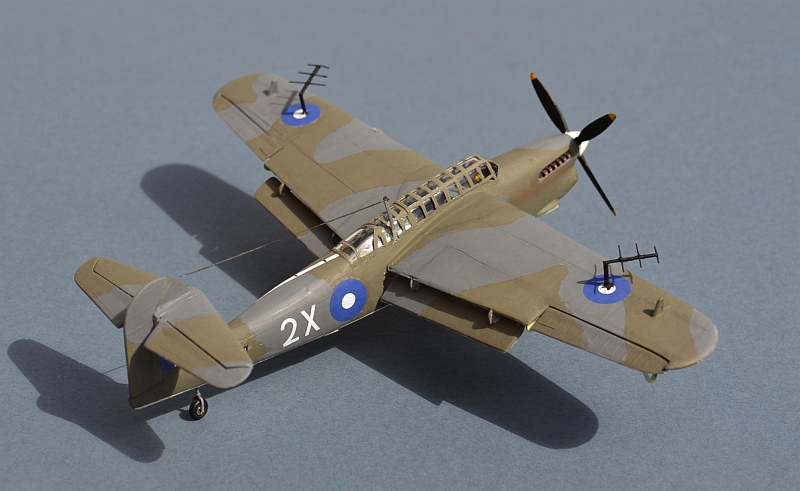
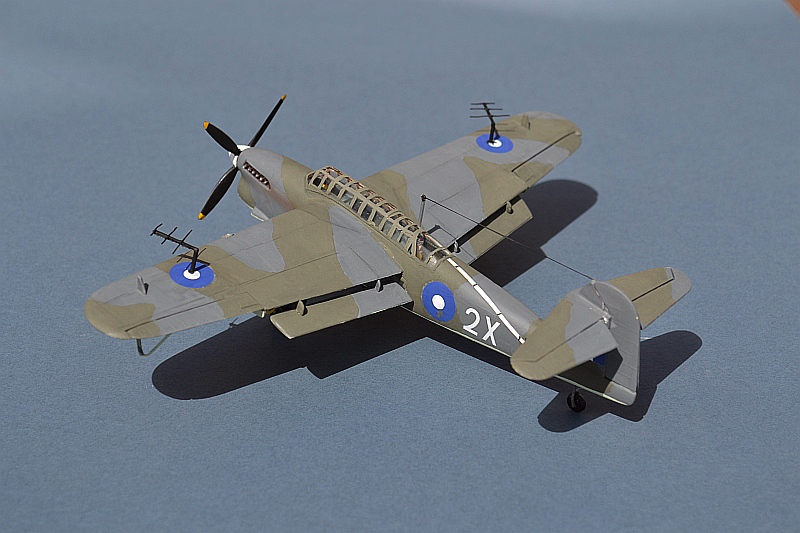 Top of Page
Main Index
Top of Page
Main Index
Frog's Firefly is a pretty old kit, but has usually been easy to obtain from Russian sources. Eastern Express have been the most recent Russian company to issue it; the moulds are holding up relatively well, albeit with some flash evident on the soft grey plastic. Decals are well printed, but very matt.
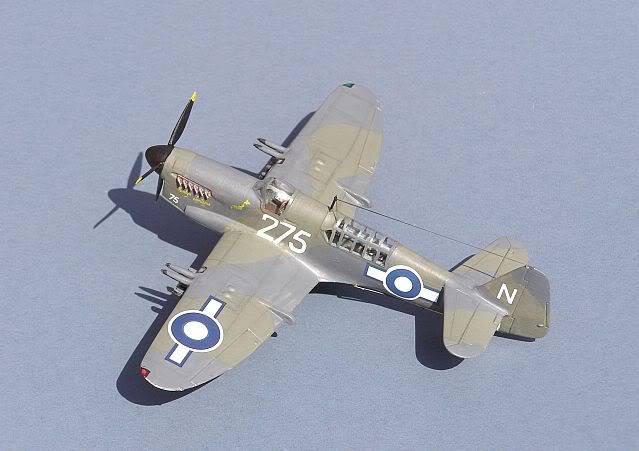
The Rolls Royce Griffon-

The aircraft modelled was flown by 1771 Sqn's commanding officer, Lt Cdr R MacWhirter and took part in the fmaous attacks on the massive Japanese Truk Lagoon Naval Base. The Firefly Mk 1 entered service in 1943 and remained until the early stages of the Korean War when it was replaced by the Firefly Mks 4, 5, 6 and 7.
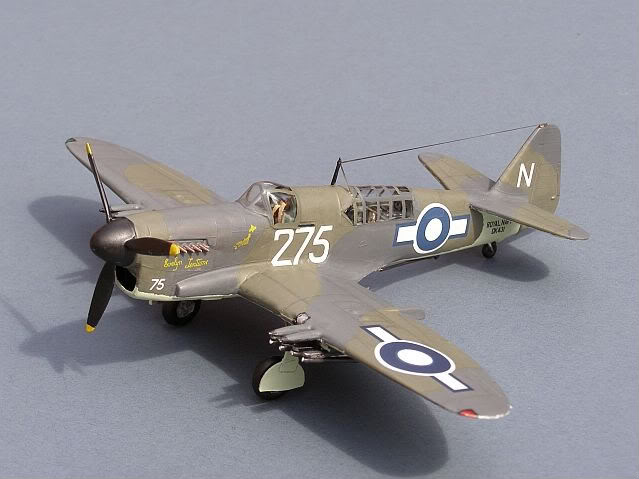

FAA Museum Firefly

For my models of post WW2 Fireflies (including Korea), try this link.